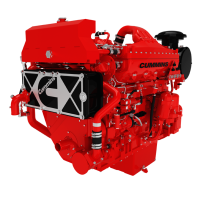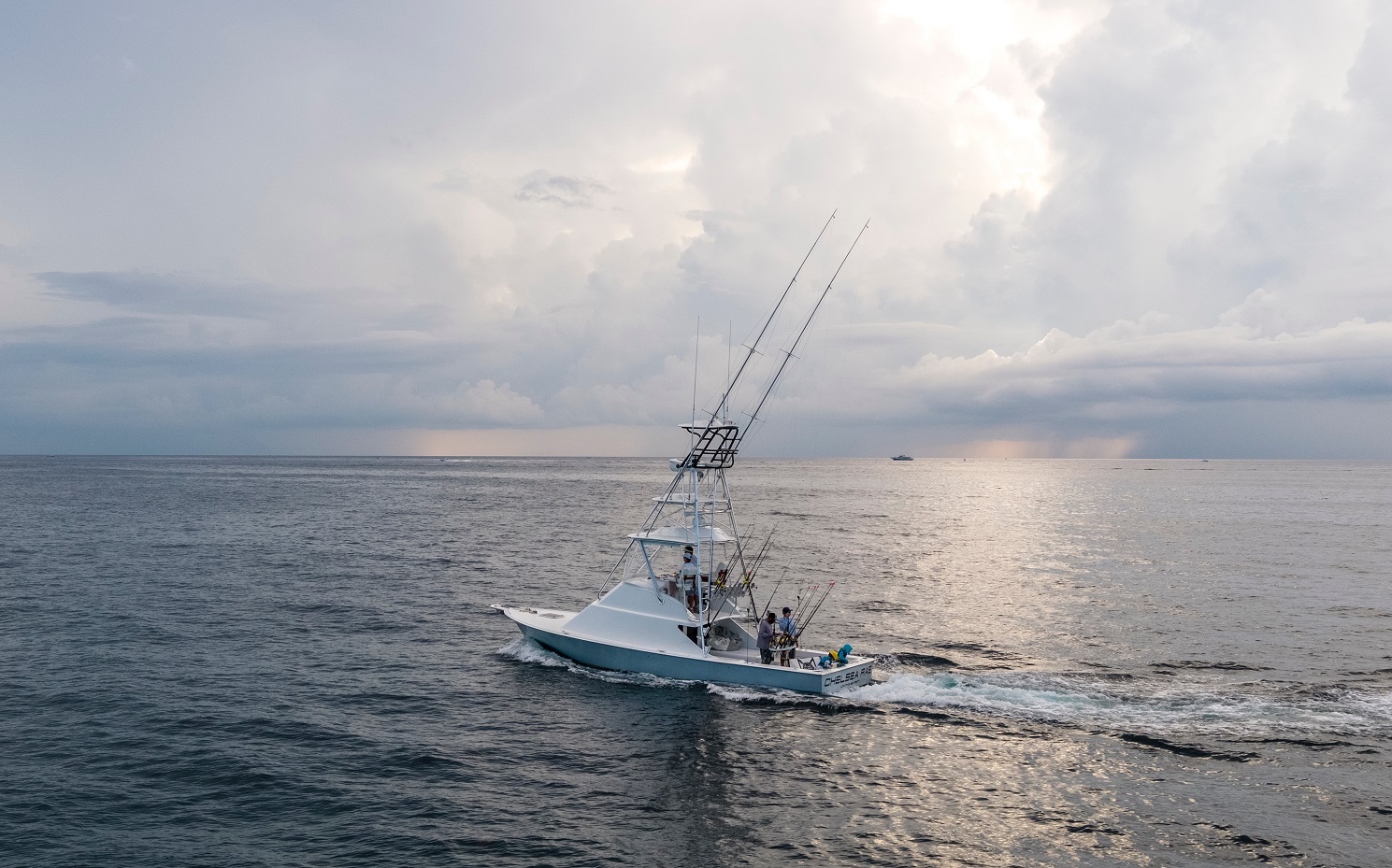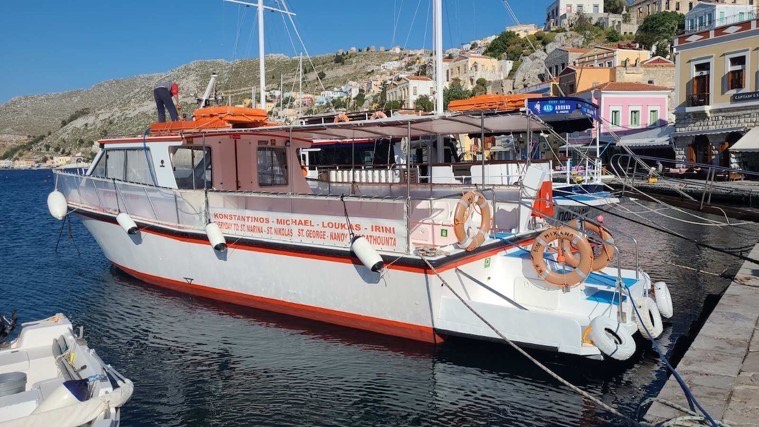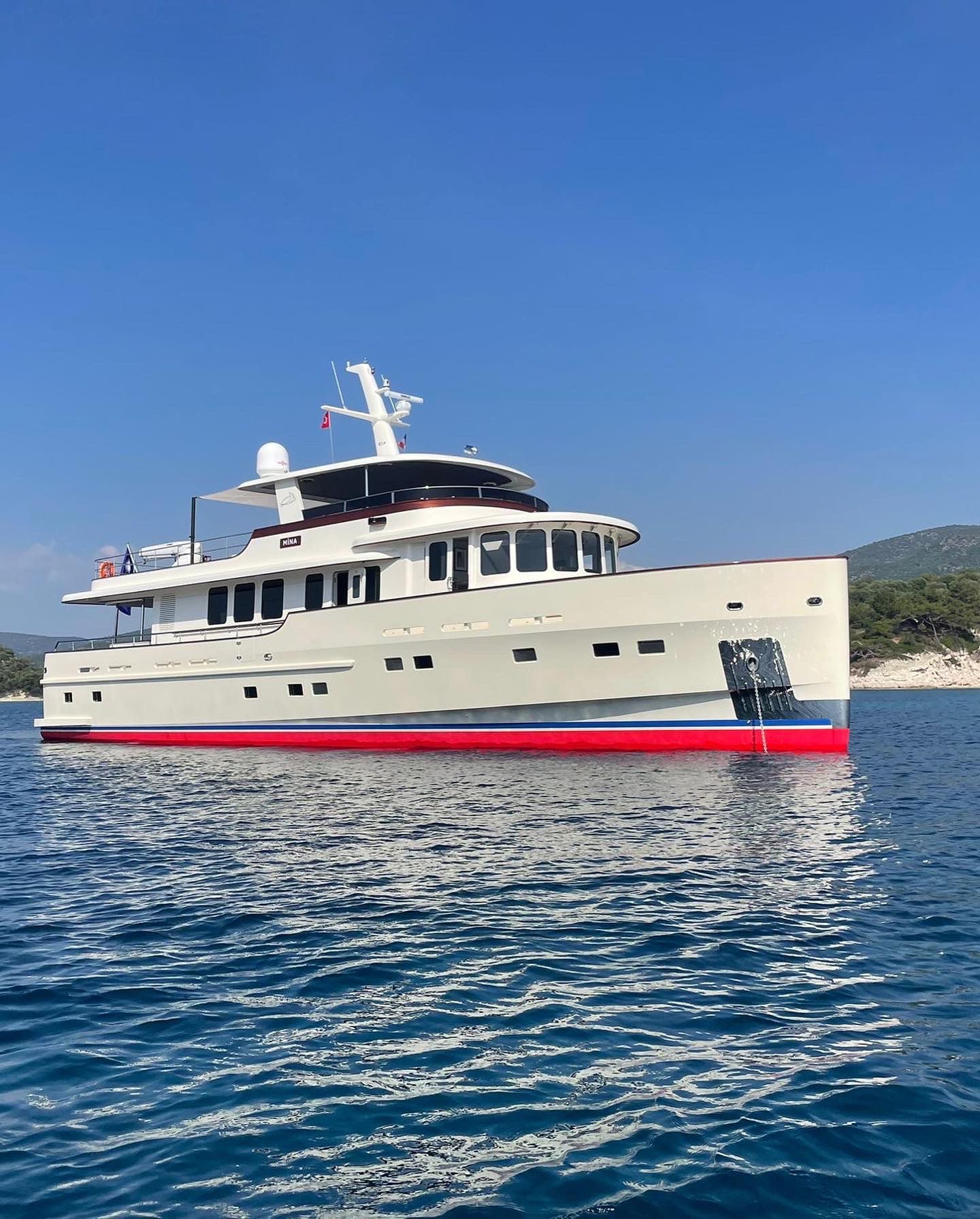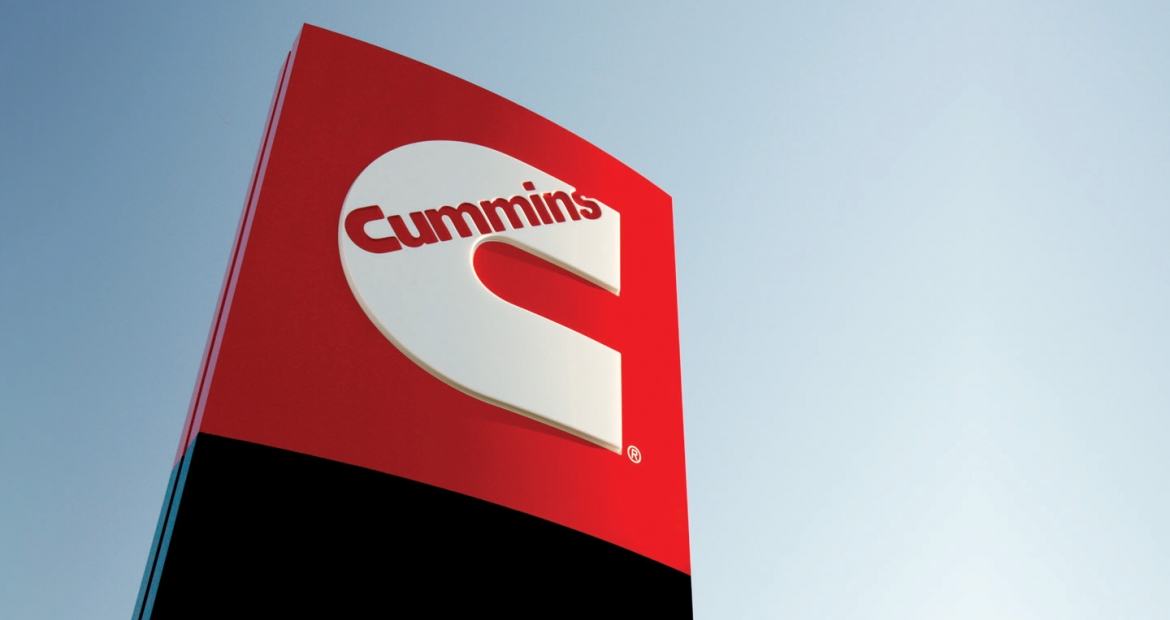
Cummins Vessel Reference #690
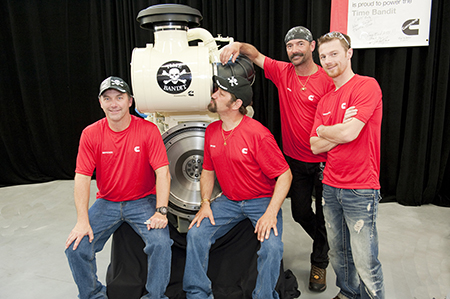
Fans of the popular Discovery Channel series “The Deadliest Catch” thrill at the sight of the 113-foot, black-hulled Time Bandit’s bow rearing out of a cresting wave. Onboard men launch and recover 1000-pound crab pots while chilled arctic seas wash over the working deck. In the wheelhouse, the crab boat’s skippers Andy or Jonathan Hillstrand monitor the deck crew and the boat’s electronic navigation equipment.
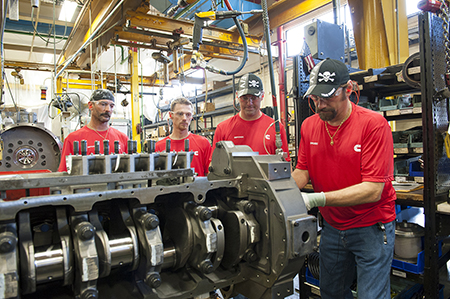
All of this intense activity is dependent on a set of Cummins engines turning out their reliable power below decks. In the fall of 2012 the three Hillstrand brothers and boat owners, Andy, Jonathan and younger brother Neal, carried out a repower on the Time Bandit. Their father had the boat built in 1991 at Giddings in Charleston Oregon and leased it to his sons with the option to purchase. “My dad always used Cummins engines in his boats and so the Time Bandit was built with a set of Cummins. We replaced those original engines with a second set of Cummins KTA19 engines. After that pair ran for 48,000 hours we again repowered with a pair Cummins ReCon engines,” Andy explained.
It was those KTA19 engines that the brothers decided to replace with modern electronically-controlled Tier 2 certified QSK19-M engines. But they didn’t just order an engine off the shelf. “We actually helped build one of the engines. We got in there with the torque wrenches,” says Andy of the brothers’ trip to the Cummins factory in Seymour Indiana, “The factory people probably checked it all over after we left,” he adds with a laugh, “While at the factory we saw an engine that had been painted red so we got ours painted red also.” And with that request, Cummins began offering red as a paint option on all marine engines, in addition to the company’s traditional marine gray.

The engines were shipped to Kodiak where they were installed along with a new set of Cummins 6BT-series engines to power the pair of 125 kW gensets. While the genset repower was like-for-like they did increase the horsepower on each engine from 200 to 270 HP. These have a hydraulic pump to power the chillers for summer salmon tendering and the big hydraulics for the crab block and crane for picking up pots. An electric-driven hydraulic pump located forward powers the heavy crab-pot launcher.

New engine installation was relatively straight forward as the KTA19 and the QSK19 have similar footprints. The engine beds were beefed up and some alignment issues dealt with. The existing Twin Disc 516 gears are rated for up to 800 HP. The repower increased the output to each shaft from 425 HP to 600 HP. They rebuilt the stuffing boxes and overhauled the 4.5-inch shafts, but the only major change was the addition of new props. “We tried adding pitch to the four-blade props that had been 58 by 43-inch but we still only go 2.6 knots with the engines on idle. So we replaced those props with new five-blade 58 by 55-inch props and this gave us 4.1 knots at idle. At 1500 RPM the new engines give us nine knots where the old engines gave only 7.5 knots. This burns a little more fuel but if we slow to 1360 RPM we get 8.5 knots and save on fuel.”
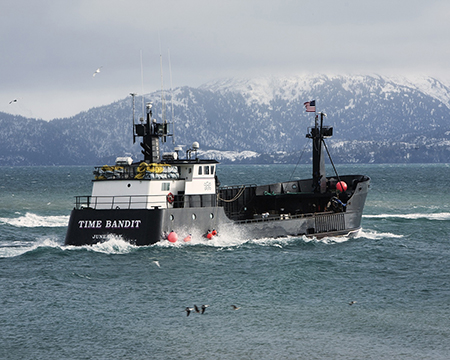
The Time Bandit is known in the Alaskan fishery as a “power scow”. The 113 by 28-foot hull has an 8-foot draft and the deckhouse is built right aft to the transom. The flat bottom with a pair of 12-inch steel skegs allows her to sit on the bottom. This is handy when tendering in the big tides and shallow waters of Bristol Bay.
For the repower, the original channel coolers built into the hull were replaced with Duramax keel coolers. Over the years, ice in the Bering Sea had taken a toll on the hull plating around the bow. “Early 2012 was especially bad,” Andy said, “So we cut out the steel hull plate in the forward section and replaced it with new 5/16-inch plate. Then we wrapped 30-feet of 5/8-inch plate around the bow to form a nearly one-inch thick steel ice shield.”
When television viewers see the Time Bandit fighting through the Bering Sea in the upcoming season of “The Deadliest Catch,” they may not be aware of the new engines, but the crew will be a little more confident with the additional propulsion and hydraulic power for their work. In the wheelhouse, Andy and Jonathan Hillstrand will have the flexibility to take economy or speed from their new electronically controlled QSK19s as sea conditions require.
For more information:
Lauren Chervyakov
Time Bandit Media
E-mail: lauren@timebandit.tv
Elizabeth Lynch
Communications Manager
Cummins Inc.
Charleston, South Carolina
Phone: 843 308 6698
Fax: 843 745 1549
E-mail: elizabeth.lynch@cummins.com
Trophy fish are measured by weight and length at the dock. They almost always exceed the size of the angler reeling them in. The exception would be M/V Chelsea ...
Greek passenger vessel repowers with Cummins. Cruising to Symi on a water taxi is more than a boat ride across the Aegean Sea. Departing the eastern sh...
Crews with no choice but to head out to sea in rough weather conditions rely on trawlers' inherently robust, stout design based on the DNA of highly capable fis...

